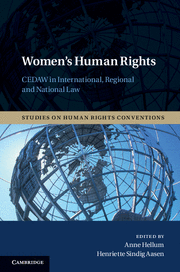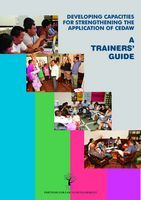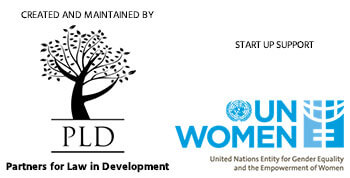Women’s rights advocates often appear to enjoy seizing a clear case of direct discrimination against women – one so obviously unfair that it is a pleasure to sink their teeth into it and fight for justice that has been so clearly denied. However, beyond these important cases, there is another looming challenge for the women’s rights movement in applying CEDAW. The challenge is the difficulty of identifying and combating indirect discrimination.
The following example illustrates both the difficulty of spotting indirect discrimination, and the importance of doing so. Consider a steel mill in country X which is obliged to retrench workers. To do so, it implements a neutral policy of retrenching workers who had been most recently hired. However, the vast majority of those who are retrenched are women, despite the fact that the company did not intend to retrench women first. The effect occurred because women made up the vast majority of recent recruits to the mill, as result of a previous discriminatory policy of not hiring women in the steel mill.
Retrenchment is a common occurrence, and it can be difficult to determine when retrenchment becomes sex discrimination. Whilst a ‘last hired, first fired’ policy clearly has a neutral intent, in some cases advocates need to be aware that the policy can lead to sex discrimination. As the example illustrates, even though the mill’s policy was gender neutral, it failed to take into account the effects of past discrimination on its overall impact. This resulted in a measurable, but indirect, disadvantage suffered by the women employees.
In cases of retrenchment, as well as within the broader activist framework, advocates must concentrate their efforts on identifying indirect discrimination, and develop their abilities to articulate the reasons why it is negative. Often, situations and laws which appear at face value to be gender-neutral can have a discriminatory effect in certain contexts. Articles 11, 3, and 10 of CEDAW require policy-makers to take into account how historical discrimination impacts women in the present, and ensure that negative impacts of past discrimination are avoided. A review of those articles might be a welcome refresher course for many in the potential for superficially gender-neutral policies to have a nasty discriminatory bite.
– Partners for Law in Development
TAGS: Employment, Equality, Non-Discrimination










